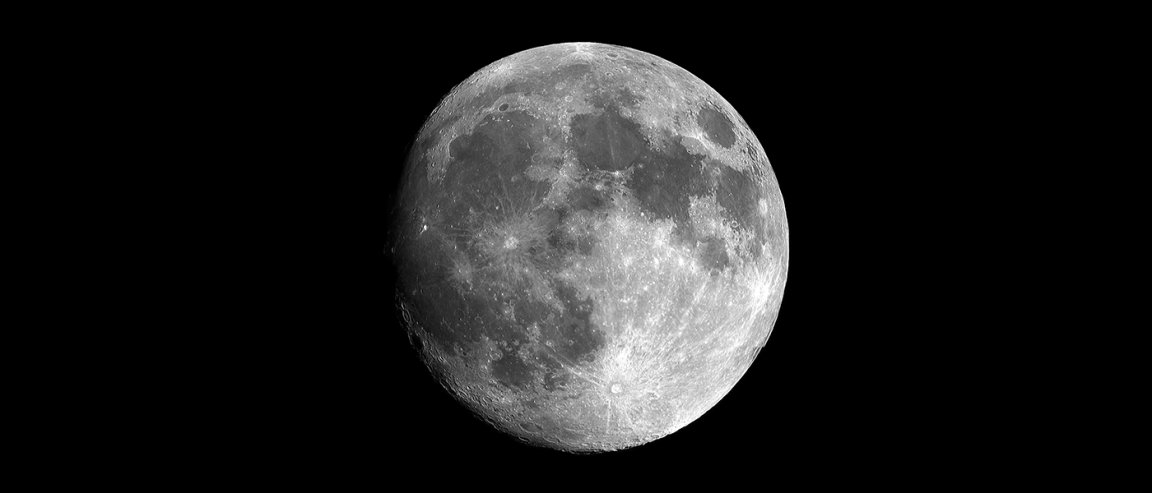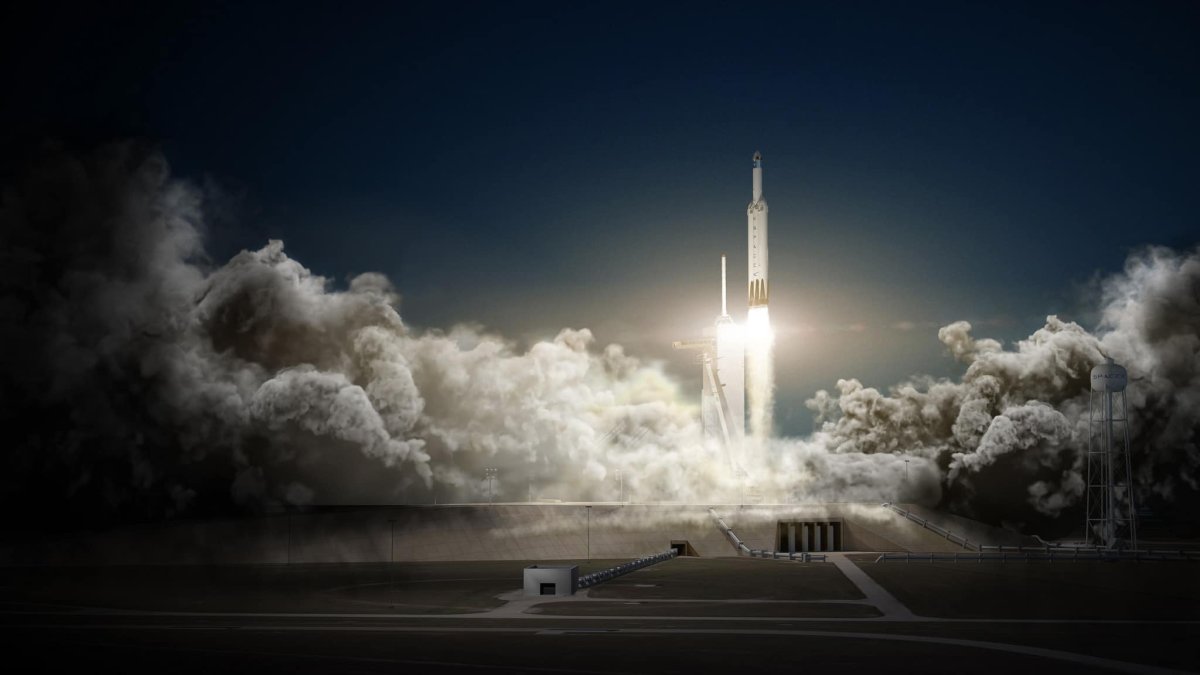
Commercial Space Travel
Early this week, Elon Musk of SpaceX made an exciting announcement: humans are going back to the Moon next year. An interesting detail of the plan is that the crew is expected to include two private citizens who have apparently “already paid a significant deposit” to become part of the first Moon mission in more than 45 years.
The journey will take about a week, reaching around 480,000 to 640,00 km (300,000 to 400,000 miles) into space — extending past the 401,000-km (249,000-mile) record set by the Apollo 13 astronauts back in the 1970s.

There have been significant advances in space travel in the decades since the U.S. managed to put a man on the Moon. Even so, this private Moon mission is not without risks, especially to its paying passengers.
Customer (Life) Support
On their mission, the space travelers will likely experience severe motion sickness because zero gravity confuses the balance sensors in the inner ear. The absence of gravity also causes biological tissues to expand, so while the space tourists will be able to snap a selfie with the Moon in the background, they’ll have to deal with puffy faces in their post. More serious concerns could come from radiation exposure. This risk will be partially mitigated by the spaceship’s built-in protection against radiation, as well as the short time-frame of the mission, but these do not completely eliminate the danger.
Perhaps the most worrying aspect of space travel are the circumstances that we can’t yet predict. For instance, spacecraft failure and other technical difficulties that could take place during blastoff, over the journey, or even upon reentry into Earth, could prove to be dangerous.
Consider also that, up until now, only extremely healthy people have been sent to space — and they still went through rigorous training and health checks to ensure their bodies were up to the task. A burgeoning space tourism industry means we might one day be sending relatively unhealthy people into space — people who could require medication to travel. Their health will be subjected to a completely new environment, and, should a medical complication arise, the medicine and equipment necessary to treat it could be hundreds of thousands of kilometers away.
Nevertheless, private companies like SpaceX continue to look for solutions for these potential problems. This year, SpaceX will launch the unmanned Crew Dragon spacecraft to the International Space Station, followed by a manned mission in the second quarter of 2018. The next stop after that will be the Moon. And then, if everything goes as planned, we will finally make our way to Mars.
As it has in the past, space exploration continues to demonstrate that humanity is willing to take a few risky steps in order to make that next giant leap.